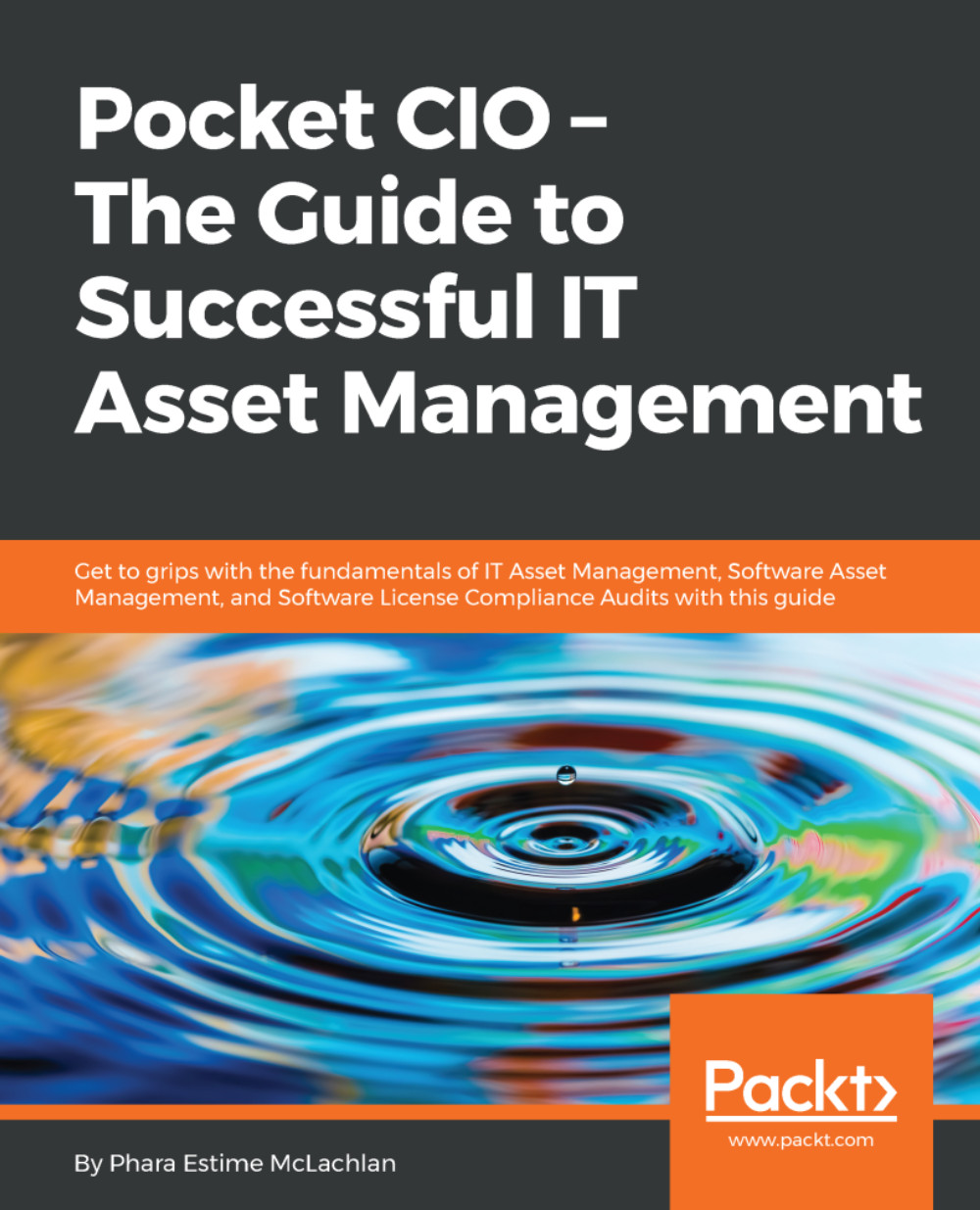Chapter 7. Increasing ITAM Program and Project Success Rates using Change Management
When times get tough, the first things to go are the so called non-essential activities. It is human nature. Unfortunately, companies are not always good at identifying which activities these are, so end up making decisions that are often short-sighted. The IT industry has teetered on the brink of this particular dilemma on more than one occasion.
Back at the height of the dot.com boom, technology was king and IT development projects were rampant. Interestingly enough, during this same period, many of the Big 4 and other high profile development companies were focused as much on the field of change integration as on gaining efficiencies in the technology development process. We could build a solution, but the questions remained—will what we build maximize value for the company, and will the new solution be adopted and used given the culture and structure of the target organization, or does that need to change...


































































